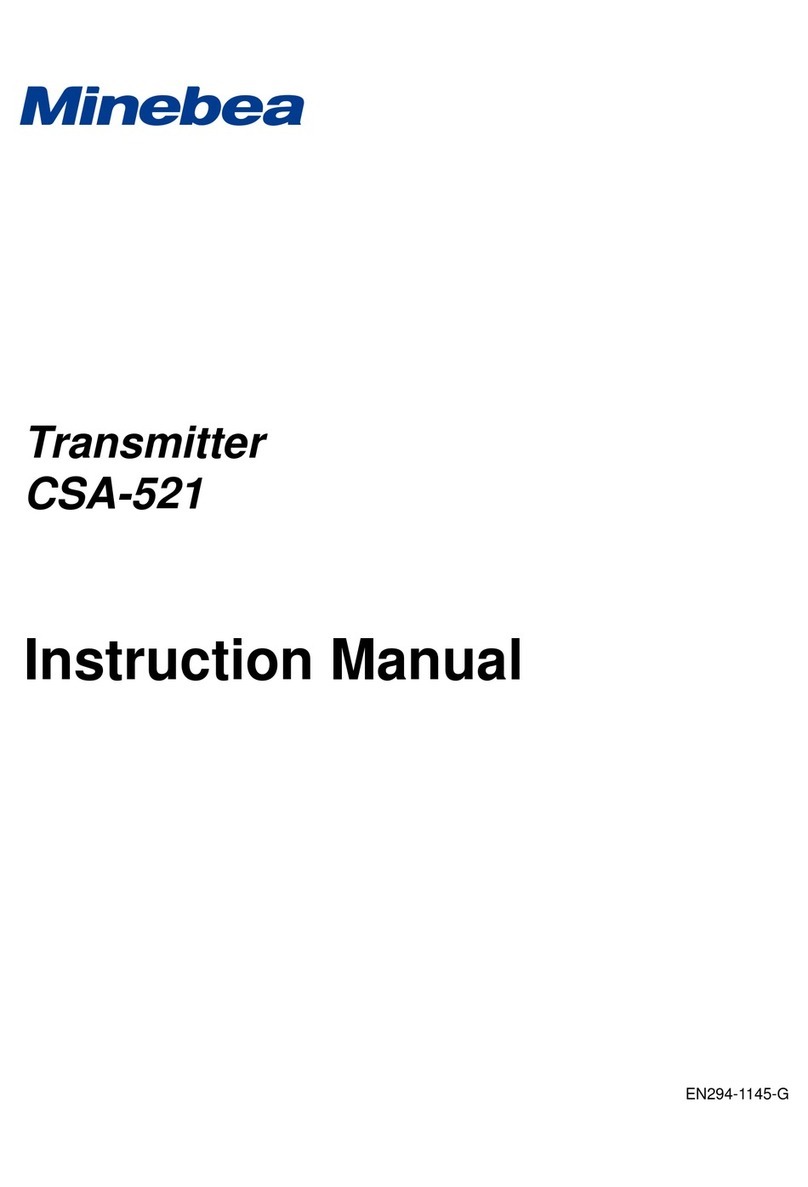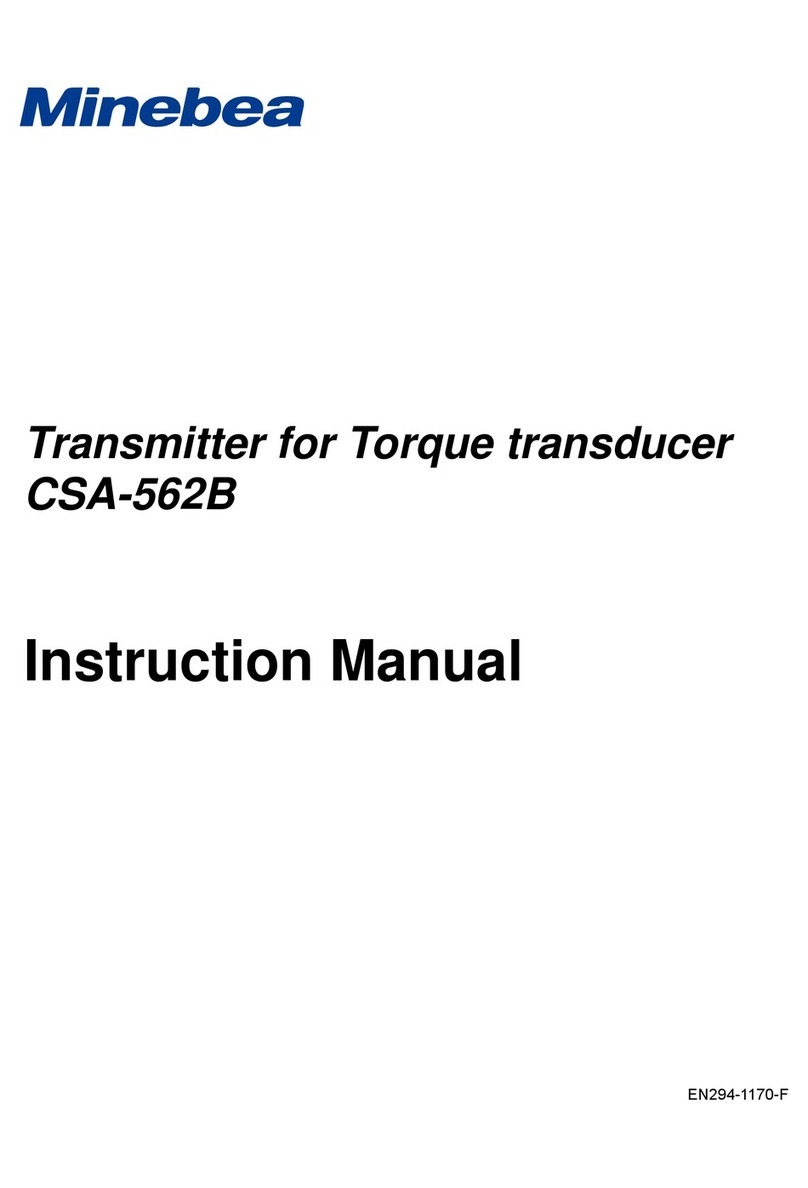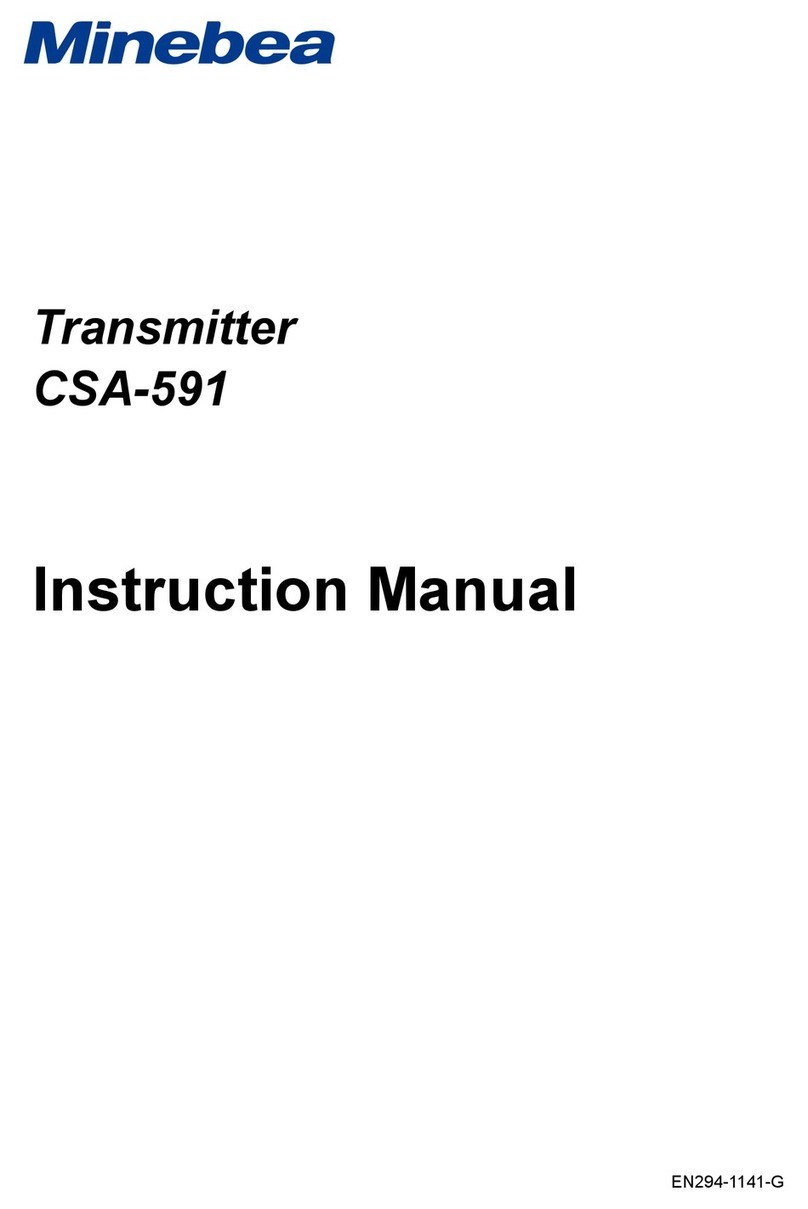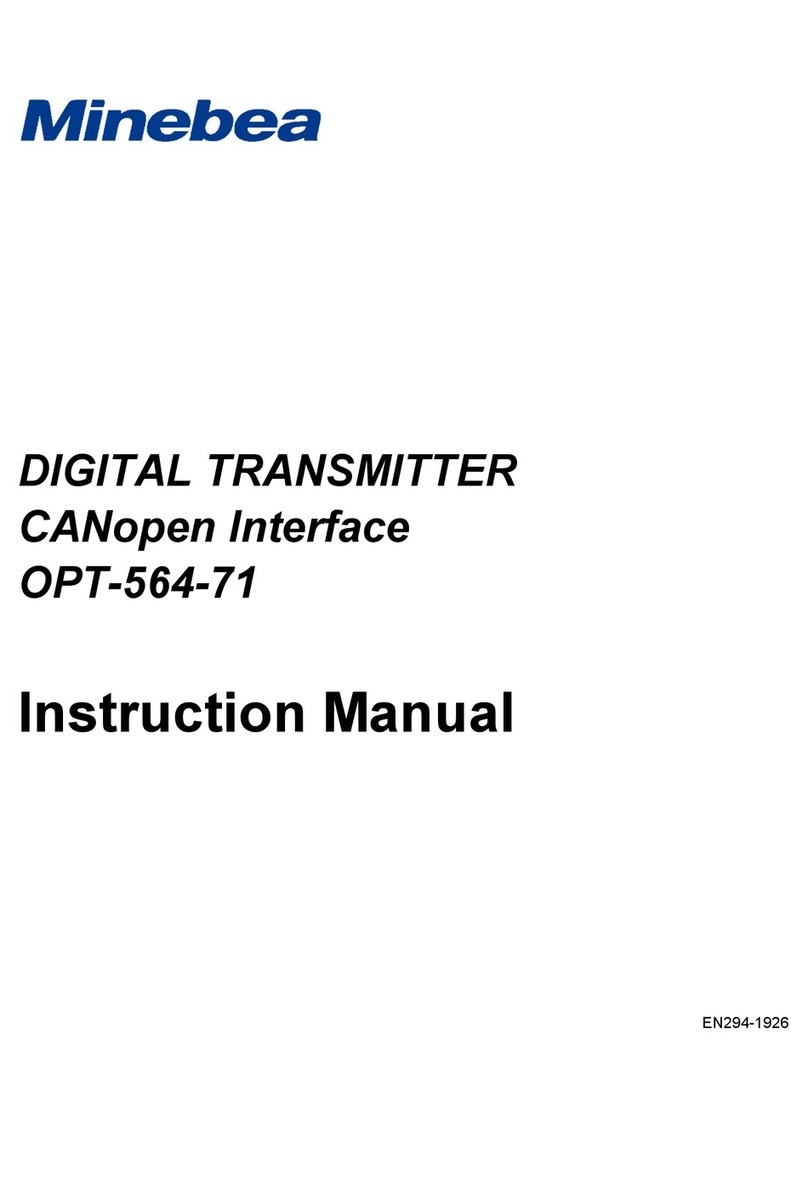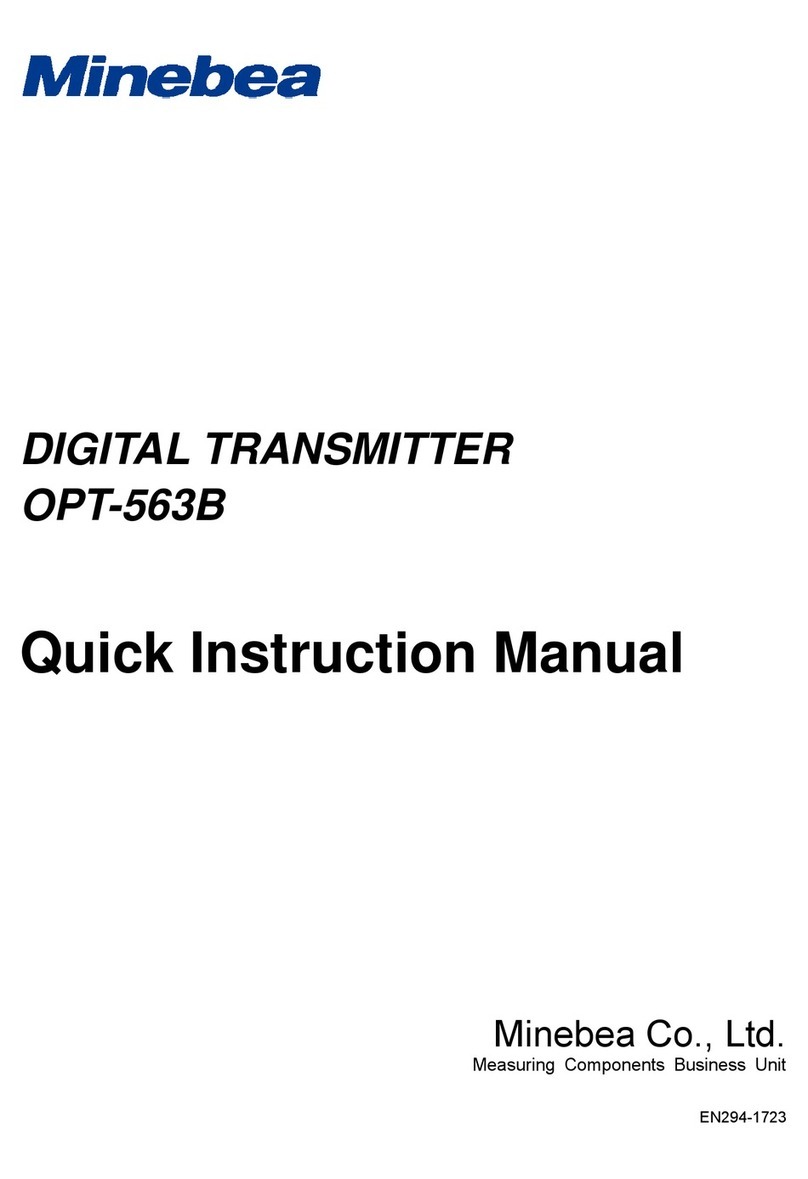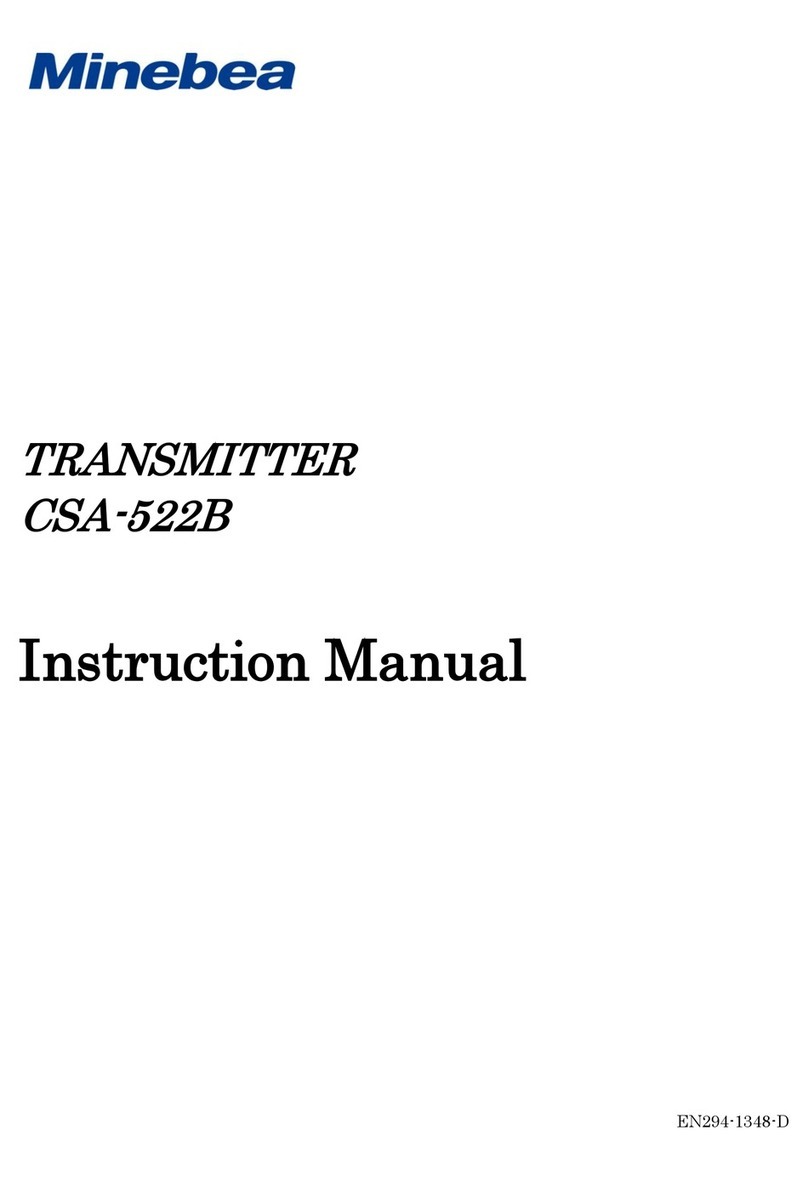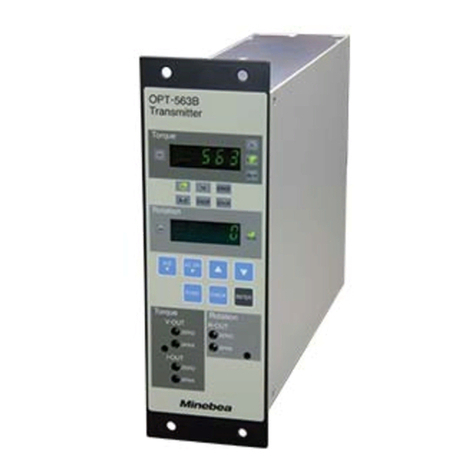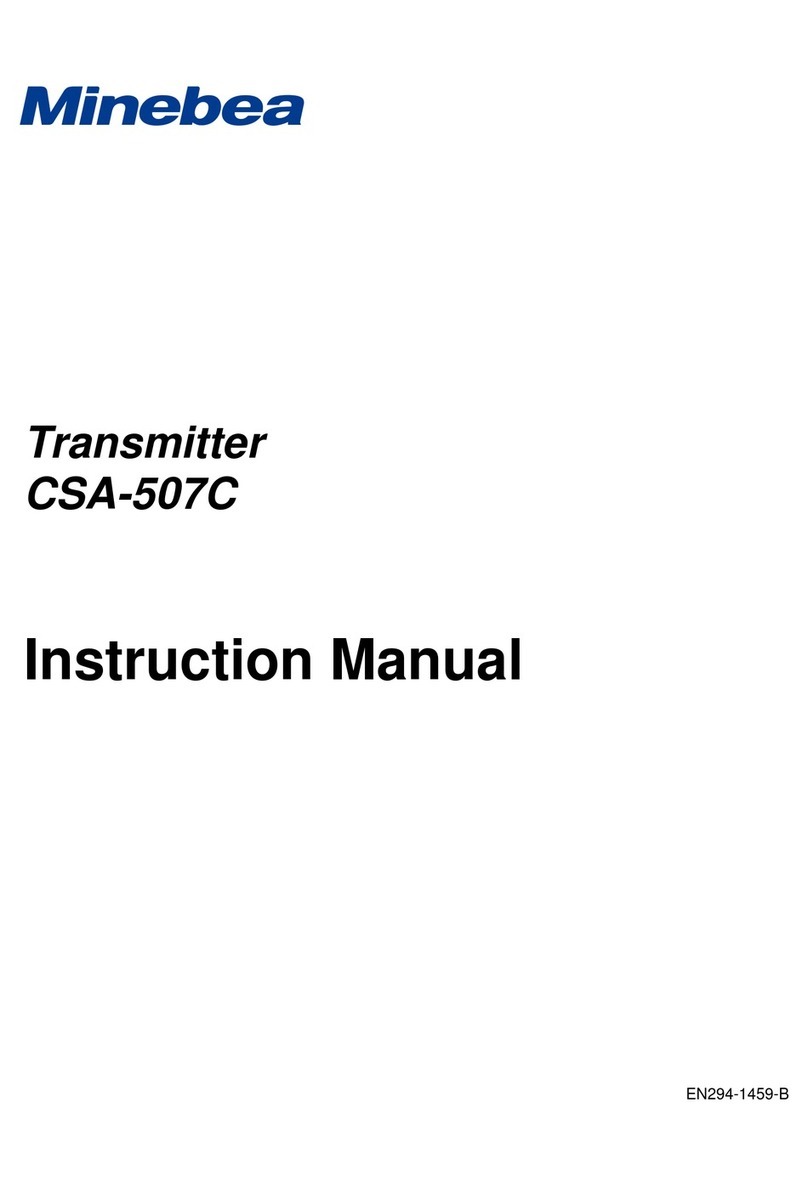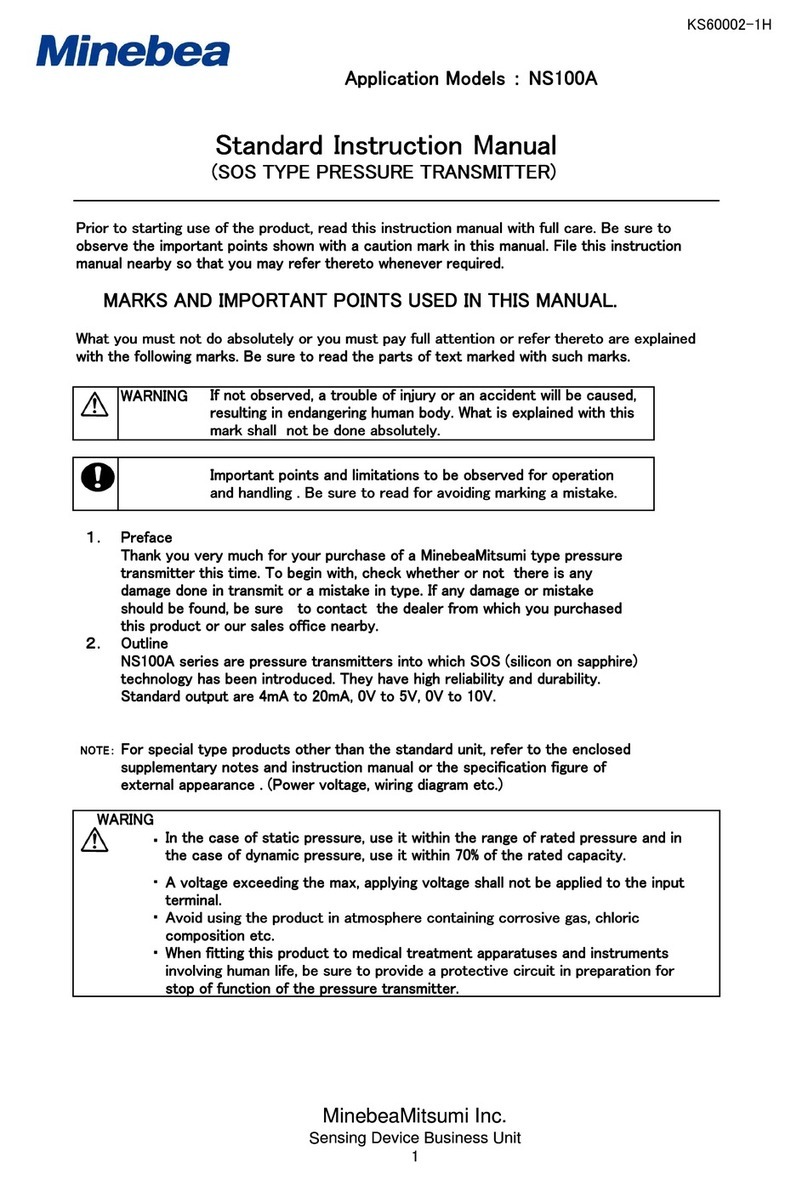
II
Contents
FORWARDS .......................................................................................................................................... I
MARKS AND REFERENCES DESCRIBED IN THIS MANUAL .............................................................. I
FOR SAFE OPERATION ......................................................................................................................II
1. LOCATION OF INSTALLATION ....................................................................................................................................................................II
2. POWER SUPPLY.........................................................................................................................................................................................IV
3. NOTE FOR USAGE .....................................................................................................................................................................................IV
1.GENERAL...................................................................................................................................... 1
2.EACH NAME AND FUNCTION ...................................................................................................... 1
3.WIRING ......................................................................................................................................... 2
3-1. NOTE FOR CONNECTING WIRES................................................................................................................................................................2
3-2. ALLOCATION OF CONNECTOR ..................................................................................................................................................................2
3-3. WIRING ........................................................................................................................................................................................................3
3-4. CONNECTION OF POWER SUPPLY ............................................................................................................................................................4
4.MEASUREMENT ........................................................................................................................... 5
4-1. PREPARATION ............................................................................................................................................................................................5
4-2. EXECUTION OF AUTOMATIC ZERO .........................................................................................................................................................5
4-3. MEASUREMENT ..........................................................................................................................................................................................5
5.AUTO ZERO(A/Z)....................................................................................................................... 6
5-1. SPECIFICATIONS ........................................................................................................................................................................................6
5-2. EQUIVALENT CIRCUIT OF THE EXTERNAL AUTO ZERO INPUT .............................................................................................................6
5-3. FUNCTION ...................................................................................................................................................................................................6
6.CHECK FUNCTION ....................................................................................................................... 7
6-1. SPECIFICATIONS ........................................................................................................................................................................................7
6-2. EQUIVALENT CIRCUIT OF EXTERNAL CHECK INPUT................................................................................................................................7
6-3. FUNCTION ...................................................................................................................................................................................................7
7.TROUBLE SHOOTING................................................................................................................... 8
7-1. EXECUTE TROUBLE SHOOTING.................................................................................................................................................................8
8.SPECIFICATIONS.........................................................................................................................11
8-1. SPECIFICATIONS ..................................................................................................................................................................................... 11
8-2. GENERAL SPECIFICATIONS .................................................................................................................................................................... 11
8-3. ACCESSORIES ......................................................................................................................................................................................... 11

